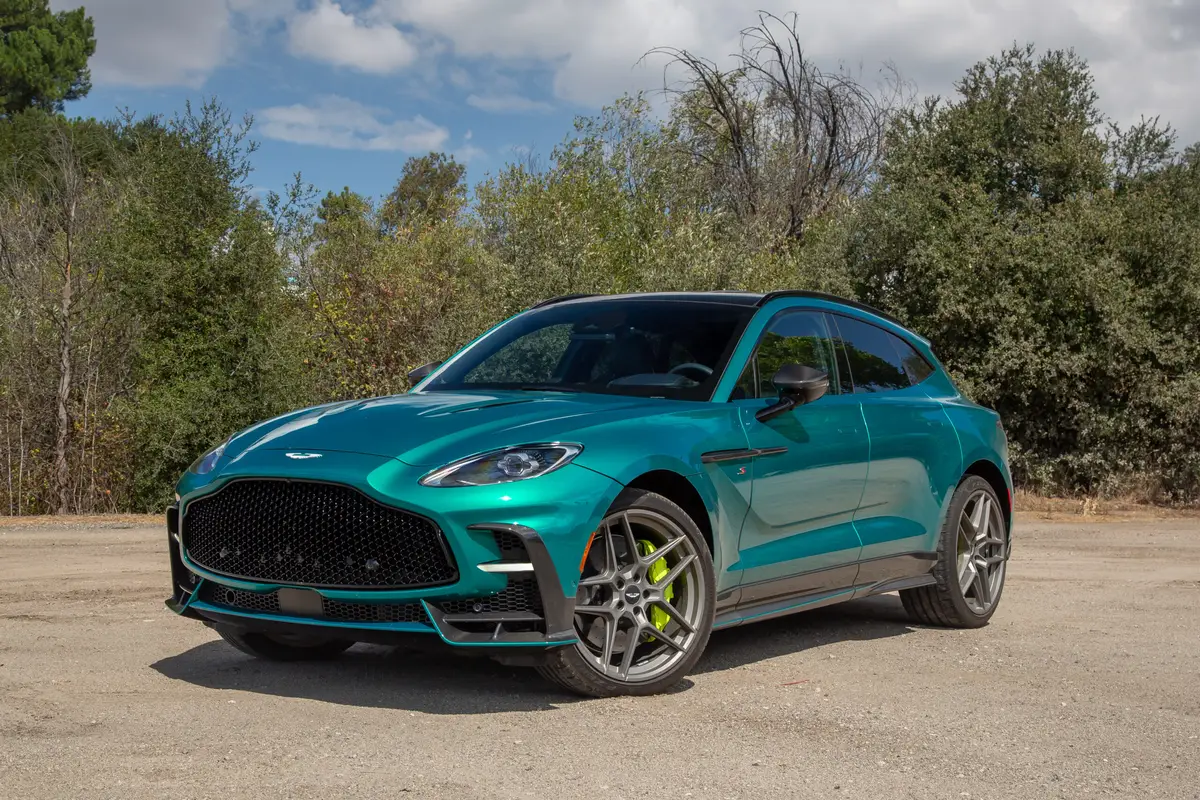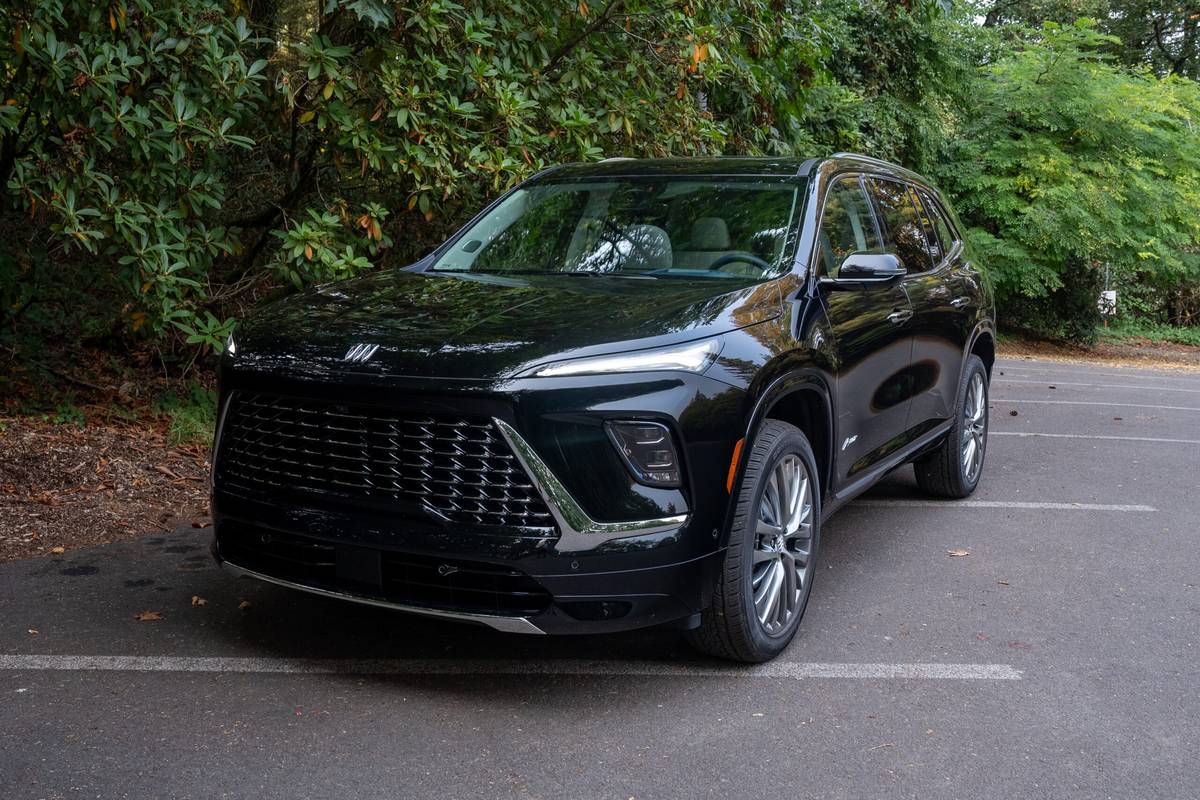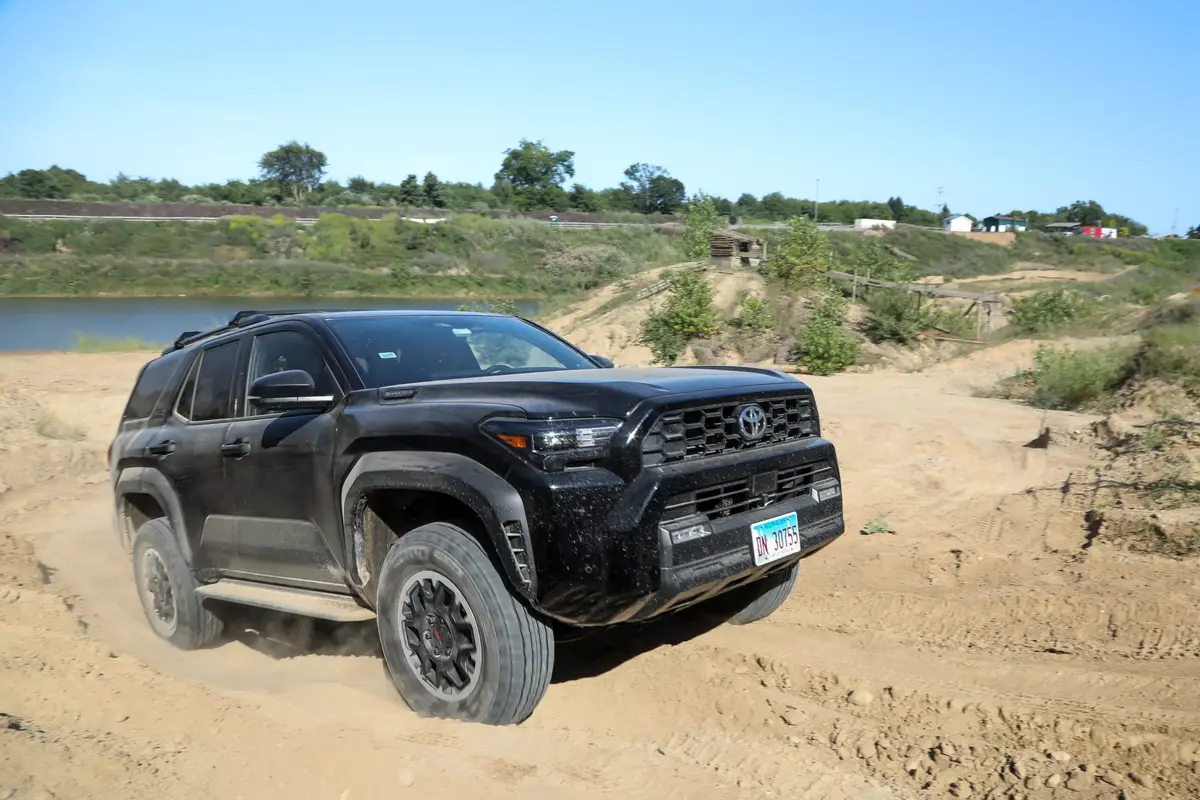washingtonpost.com's view
With Turbo, Ragtop PT Cruises
2005 PT Cruiser Convertible
Today’s car industry is as fickle as the clothing business. What’s in this year is out next. Styling “heritage” is a matter of consumer whim. Traditional four-year intervals between model revisions are passé.
Some car executives are even considering “one-offs,” very-limited-edition vehicles that would be sold for about three years in small allotments to targeted audiences. Mass-market is turning boutique.
Unless it’s a pickup or a Toyota Camry sedan, the latter being the emotional equivalent of a toaster, few car companies nowadays expect annual deliveries of 200,000 copies of the same vehicle.
For that matter, “same vehicle” no longer means what it once did. There are, for example, multiple variations of the Ford F-150 pickup, the nation’s overall best-selling vehicle for two decades. And although it isn’t readily apparent to many observers, there are different versions of the Camry as well.
Difference is sexy. Today’s consumers want more of it, and they want it quickly. The Chrysler Group, a subsidiary of DaimlerChrysler Corp., understands that, as evidenced by this week’s test vehicle, the 2005 PT Cruiser convertible.
That’s right, 2005. The “model year” has become a quarterly event in the new auto industry. Chrysler can’t wait until spring 2005 to introduce its topless PT Cruiser. By that time, it would be forgettable, ignorable, bypassed by a bevy of 2005 ragtops, including one from BMW’s Mini Cooper group, rolling onto the market this year.
So, Chrysler decided to seize the moment, to grab attention with a healthy serving of funk — a hip-hopped, in-your-face design statement that says, “I’m here, baby! Look at me. You want me!”
The single design element that shouts that message the loudest is the convertible PT Cruiser’s “sports bar.” It is virtue derived from necessity — a high-strength steel roll bar needed for rollover crash protection that also doubles as a component to increase vehicle body rigidity.
The sports bar is beautifully painted, having a finish resembling piano lacquer, and affixed left and right with the company’s jewel-like, winged badge. It is a work of automotive bling-bling that precisely hit its retail mark during my weeklong test drive.
Young people, hip-hoppers and finger-poppers went crazy over the thing. “That’s dub, dog!” said one District of Columbia motorist, leaning out of the driver’s-side window of his SUV. I thought he was saying, “dumb” But he was smiling and giving me thumbs-up. “Dub,” it turns out, is high praise in the hot, aftermarket segment of the car industry, where big wheels and expressive designs are all the rage.
I hadn’t witnessed that kind of enthusiasm for a PT Cruiser since it was first introduced as a retro wagon/sedan four years ago. It received a rock star’s greeting then. But that fervor cool ed as interest in retro styling waned and desire for more power increased.
The PT Cruiser always was more stylish than it was fast or capable of taking curves. But what it lacked in performance as a wagon/sedan, it possessed in utility. It could carry almost anything — bikes, surfboards or lawnmowers — that normal people carry. It was great for hauling antiques, and it could accommodate five adult bodies without a squeeze.
The convertible retains much of that utility, although it has comfortable seating for four instead of five people. Storage space for the three-ply canvas convertible top, which can be lowered in about 11 seconds, has cut luggage capacity to 13.3 cubic feet in the topless model from 19 in the wagon/sedan. But what’s left is enough room to carry a week’s worth of groceries for four.
Chrysler offers its 2.4-liter, 150-horsepower, four-cylinder engine in the Standard convertible PT Cruiser, which is the same engine it sells with the ba e wagon/sedan, where it’s a slug. That means the base engine is even less capable in the convertible, which weighs 3,381 pounds, 150 pounds more than the wagon/sedan.
You are better off with either the turbocharged 180-horsepower four-cylinder engine, an option in the Touring model, or the 220-horsepower, turbocharged four-banger in the top-of-the-line GT convertible. Styling makes a fashion statement. Power makes another. Power has a way of silencing ridicule when fashions change.
Nuts & Bolts
Downside: The convertible PT Cruiser has a fat rear end and a lousy turning radius, which make maneuvering and parking in tight spaces a chore.
Ride, acceleration and handling: The tested 220-horsepower GT version has an excellent ride and very good acceleration. It scoots while the Standard with the base 150-horsepower engine drags. Handling is excellent in straight lanes and around gentle curves; but it becomes discernibly heavy and ponderous on winding roads and in crowded garages.
Head-turning quotient: Highly favorable. “That’s dub!”
Layout: Front engine, front-wheel drive.
Engines/transmissions: The GT version of the convertible is equipped with a 2.4-liter, turbocharged, 16-valve, inline four-cylinder engine that develops 220 horsepower at 5,100 revolutions per minute and 245 foot-pounds of torque at 2,800 rpm. The Touring model has an optional 180-horsepower turbo engine, and the Standard gets the normally aspirated model with 150 ponies. The standard transmission is a five-speed manual. A four-speed automatic is available but not recommended here for the Standard. The best combination is the 220-horsepower engine with the available heavy-duty five-speed manual Getrag transmission.
Capacities: The PT Cruiser convertible has seating for four people. It has 13.3 cubic feet of luggage space and a 15-gallon gasoline tank. Regular unleaded is acceptable.
Mileage: I averaged 23 miles per gallon in city/highway driving.
Prices: The PT Cruiser convertible goes on sale this spring. Preliminary pricing is $19,995 for the Standard, $23,490 for the Touring and $28,155 for the GT. Prices will change. Expect dealer premiums if demand is hot.
Purse-strings note: This one will be a springtime hit for at least two years. Compare with Volkswagen’s New Beetle convertible and the coming-this-spring Mini Cooper convertible.
Latest news

2026 Aston Martin DBX S Review: Excellence in (DB)X S


